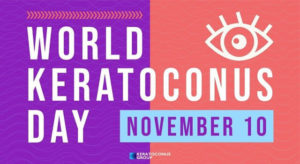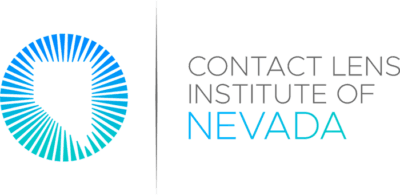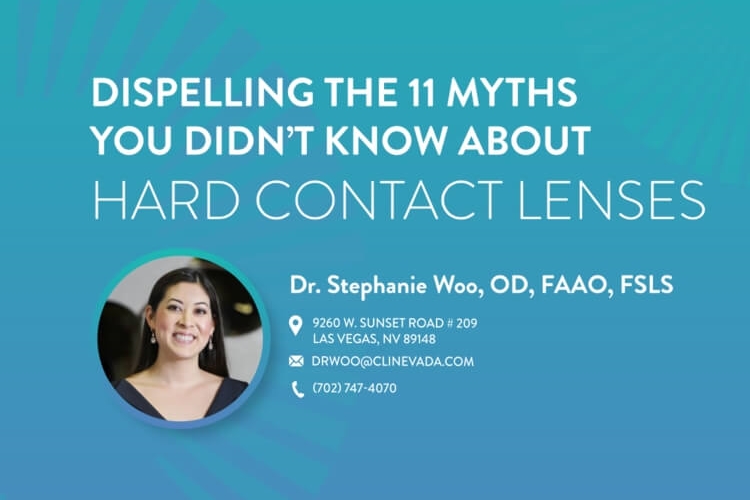 Battling keratoconus can be very challenging. That's why every year, on November 10th, we come together to raise awareness about the impact keratoconus has on the lives of those impacted, along with their families and friends.
Battling keratoconus can be very challenging. That's why every year, on November 10th, we come together to raise awareness about the impact keratoconus has on the lives of those impacted, along with their families and friends.
World Keratoconus Day raises awareness and hope for a better future and understanding of those with this eye condition. To learn more about the condition and to get treatment, contact The Contact Lens Institute of Nevada in Las Vegas today.
But First, What is Keratoconus?
Keratoconus causes the cornea, the transparent layer of the front of the eye, to weaken. As the cornea becomes thinner, it begins to bulge like a cone.
It's a relatively rare eye condition that, over time, can result in decreased visual acuity, irregular astigmatism and painless corneal scarring.
Keratoconus typically presents during the teenage years but can develop earlier. It usually progresses for 10-20 years before stabilizing. To learn more or to receive treatment for your eye condition, contact The Contact Lens Institute of Nevada in Las Vegas today.
How does Keratoconus Impact Quality of Life?
People with keratoconus can live full, active lives, provided the condition is managed. Symptoms include:
- Blurry or distorted vision
- Sensitivity to glare and light
- Decreased visual acuity
- Frequent need to upgrade prescription
- Being dependent on rigid contact lenses to achieve clear vision
How Is Keratoconus Managed?
Early diagnosis and proper management are essential to prevent the potential complications of keratoconus.
For a time, patients with keratoconus can achieve good vision with regular glasses or standard contact lenses. However, once the cornea bulges significantly, only rigid gas-permeable contact lenses can provide clear and comfortable vision.
When contacts aren’t enough, your eye doctor may recommend corneal collagen cross-linkage (CXL). During this procedure, riboflavin drops are placed in the patient's eye, and the eye is exposed to UV light that activates natural collagen fibers in the cornea to re-link and become stronger.
Another way to reshape the cornea is via a procedure called mini asymmetric radial keratotomy. During the procedure, the eye surgeon creates a specific pattern of tiny incisions that, once healed, result in clearer vision.
Another procedure, known as intrastromal corneal ring segments, involves placing small implants in the eye to reinforce the cornea.
When other treatments fail to stabilize the cornea or the cornea becomes very thin, a corneal transplant may be necessary. The procedure, which is also called a keratoplasty or a corneal graft, is performed in an estimated 12-20% of keratoconus patients.
Your eye doctor at The Contact Lens Institute of Nevada in Las Vegas will assess your condition and recommend the best management/treatment plan for you.
Visit a Eye Doctor For More Information on Keratoconus
Contact The Contact Lens Institute of Nevada in Las Vegas to discuss which keratoconus treatment options are best for you or a loved one.
Our practice serves patients from Las Vegas, Spring Valley, Enterprise, Paradise, Henderson, Summerlin, Pahrump and North Las Vegas, Nevada and surrounding communities.

